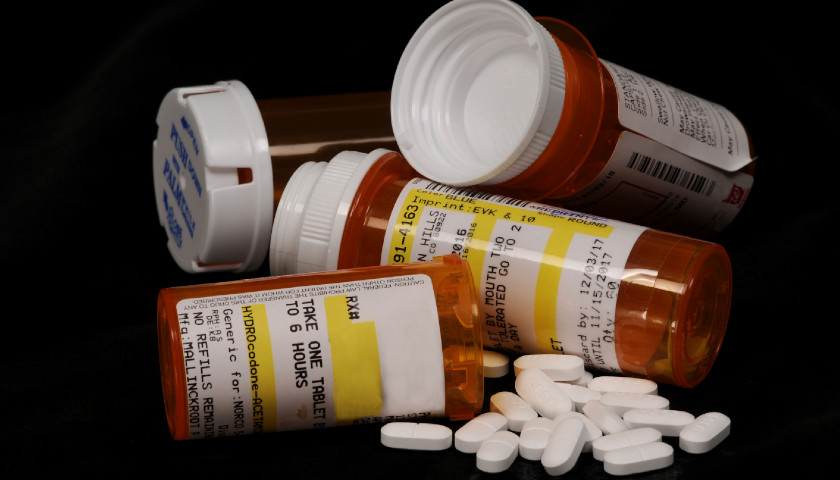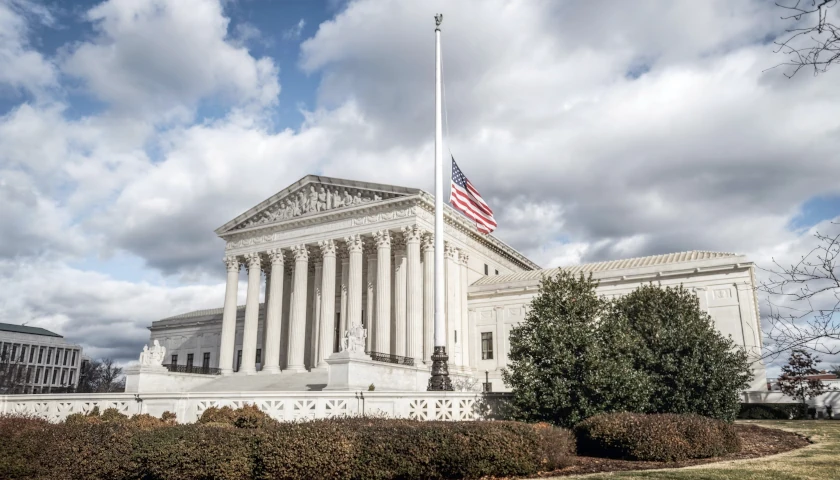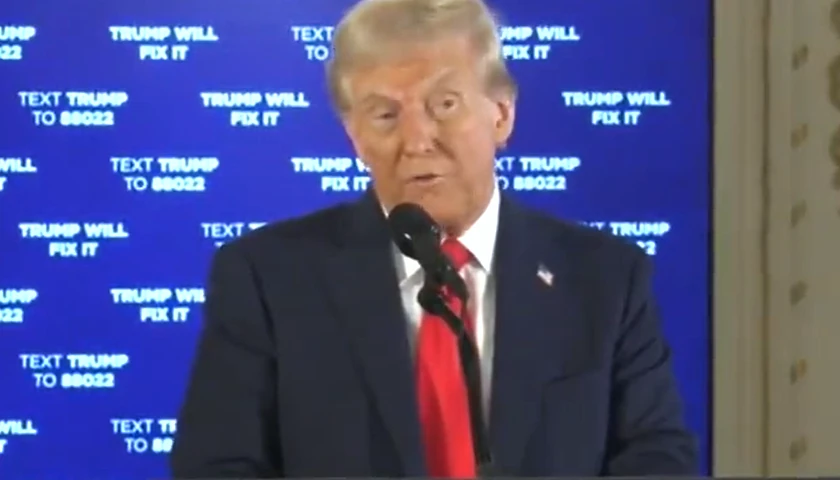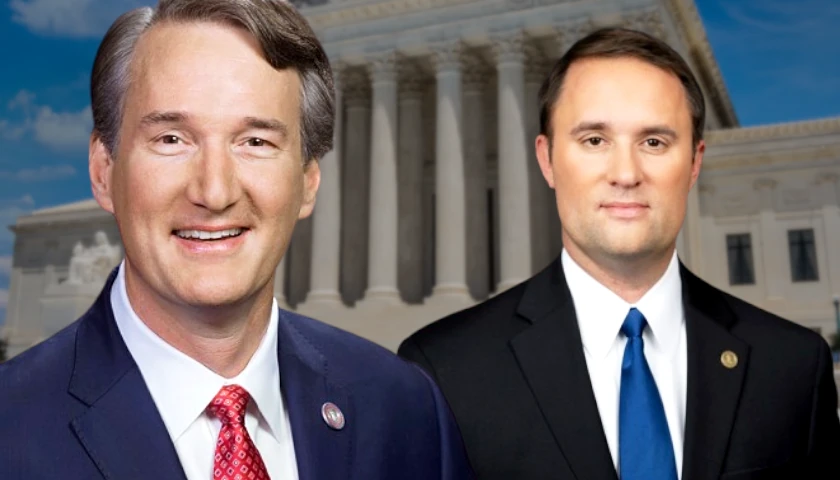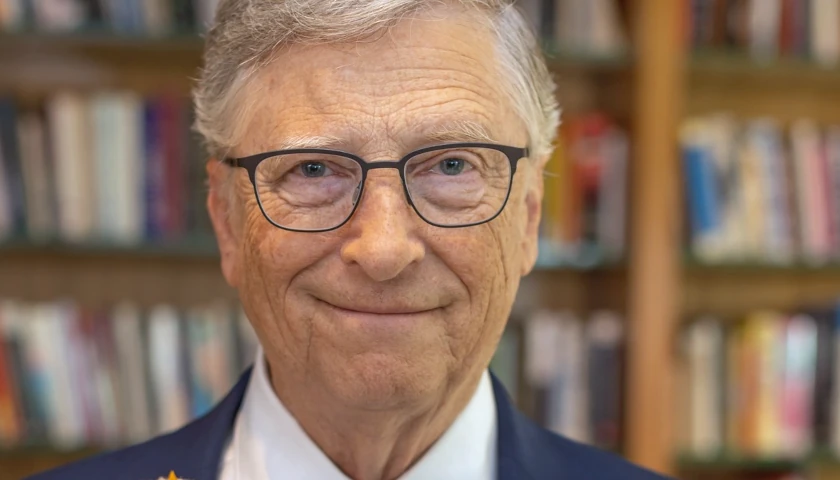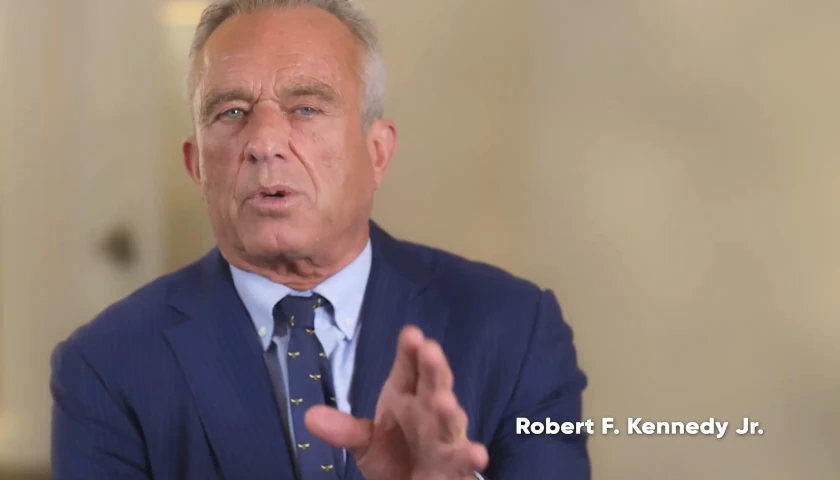by Anthony Hennen
Pennsylvania is set to spend $1 billion from the National Opioid Settlement – and the focus is on the county level.
Pennsylvania’s share of the $26 billion settlement will be divvied up so that 70% goes to counties, 15% is appropriated by the General Assembly, and 15% goes to counties involved in the opioid litigation, subdivisions, district attorneys, and special districts.
States were given discretion to spend and allocate the money however deemed appropriate. The money, which comes from three major pharmaceutical distributors – Cardinal, McKesson, and AmerisourceBergen, along with opioid manufacturer Johnson & Johnson — will be paid out over 18 years (and nine years in the case of J&J), with the bulk of it in the first five years.
So far, about $40 million has been disbursed to counties.
“The aim of the board of trustees is that we want local government to be able to allocate those dollars as they see fit,” said Rep. Jim Gregory, R-Hollidaysburg, who was appointed to the 13-member opioid settlement trust by House Speaker Bryan Cutler, R-Quarryville. “They can be very different from one county to the other.”
While counties have wide latitude to spend the funds as they see fit, the trust will serve in an advisory capacity for funds if county officials so desire, Gregory said.
“What we’ve done is empower those communities and those counties to do what they think is best to deal with the opioid crisis where they are on the ground,” he said. “I think that money will do what we hope it will do. I will say this: hope is not a strategy.”
The funds are approved for 15 different remediation uses, detailed in Exhibit E of the settlement agreement. It includes spending on drugs such as naloxone that reverse opioid overdoses, medication-assisted treatment for drug addiction, recovery services, prevention programs, syringe service programs, research on effective anti-addiction programs, education programs, harm reduction programs, and funds for law enforcement and first responders, among others.
“We tried to make it as broad as we could, but also make sure that there’s accountability,” Gregory said. “We don’t get this money forever, and this crisis is going to be with us for a long time … this is very, very important that we learn from our past pots of money that we have been given.”
The settlement trust, officially called the Pennsylvania Opioid Misuse and Addiction Abatement Trust, will have oversight responsibilities to watch how counties spend their funds.
“All of (the counties) know that within a year, they will have to account for how the money was spent,” said Tom VanKirk, chairman of the trustees and a former chief legal officer for Highmark Health.
If counties spent the funds in unauthorized ways, the trust can suspend future payments.
“What happened in the past is in the past, and we want them to use the money as it was intended to be used, which is to really help fight this epidemic,” VanKirk said.
– – –
Anthony Hennen is a reporter for The Center Square. Previously, he worked for Philadelphia Weekly and the James G. Martin Center for Academic Renewal. He is managing editor of Expatalachians, a journalism project focused on the Appalachian region.

